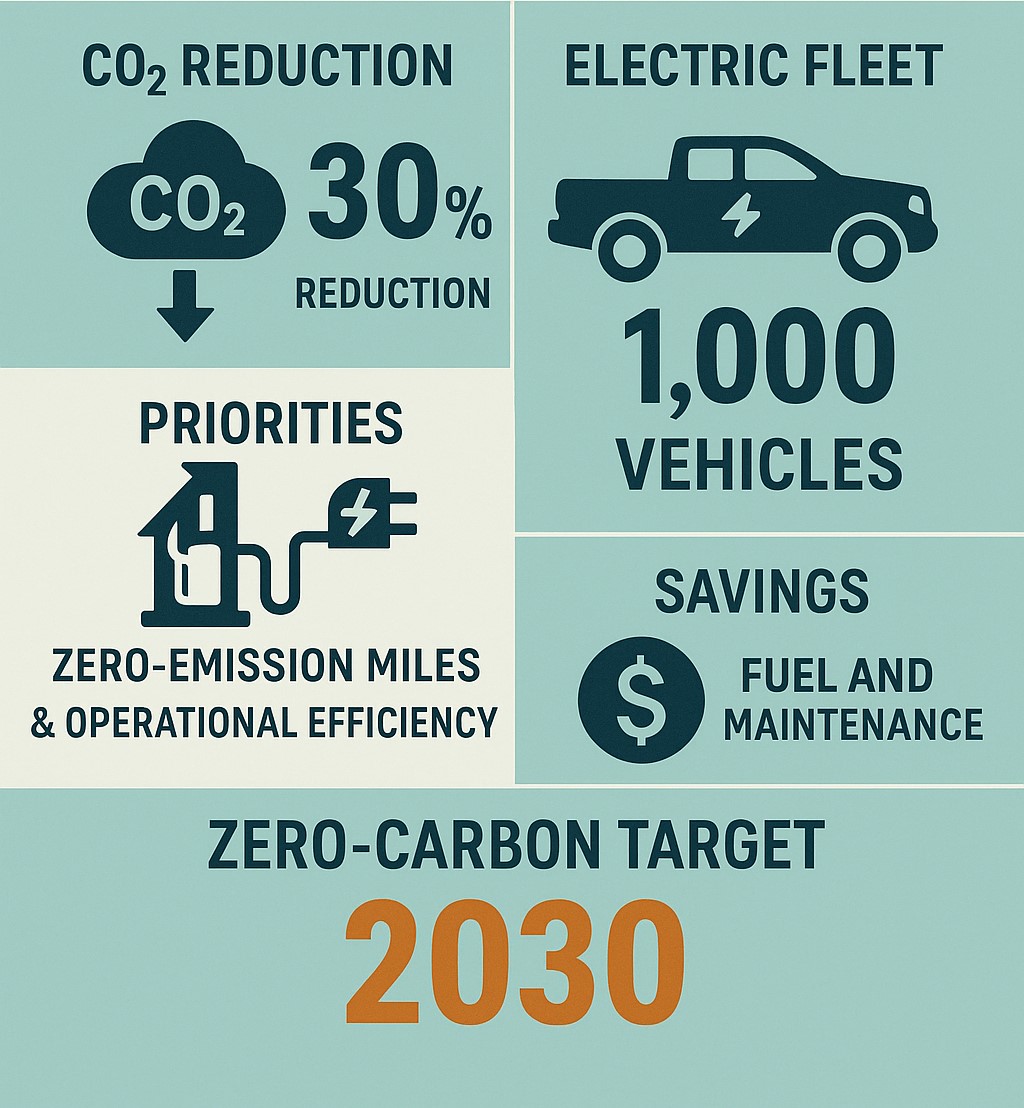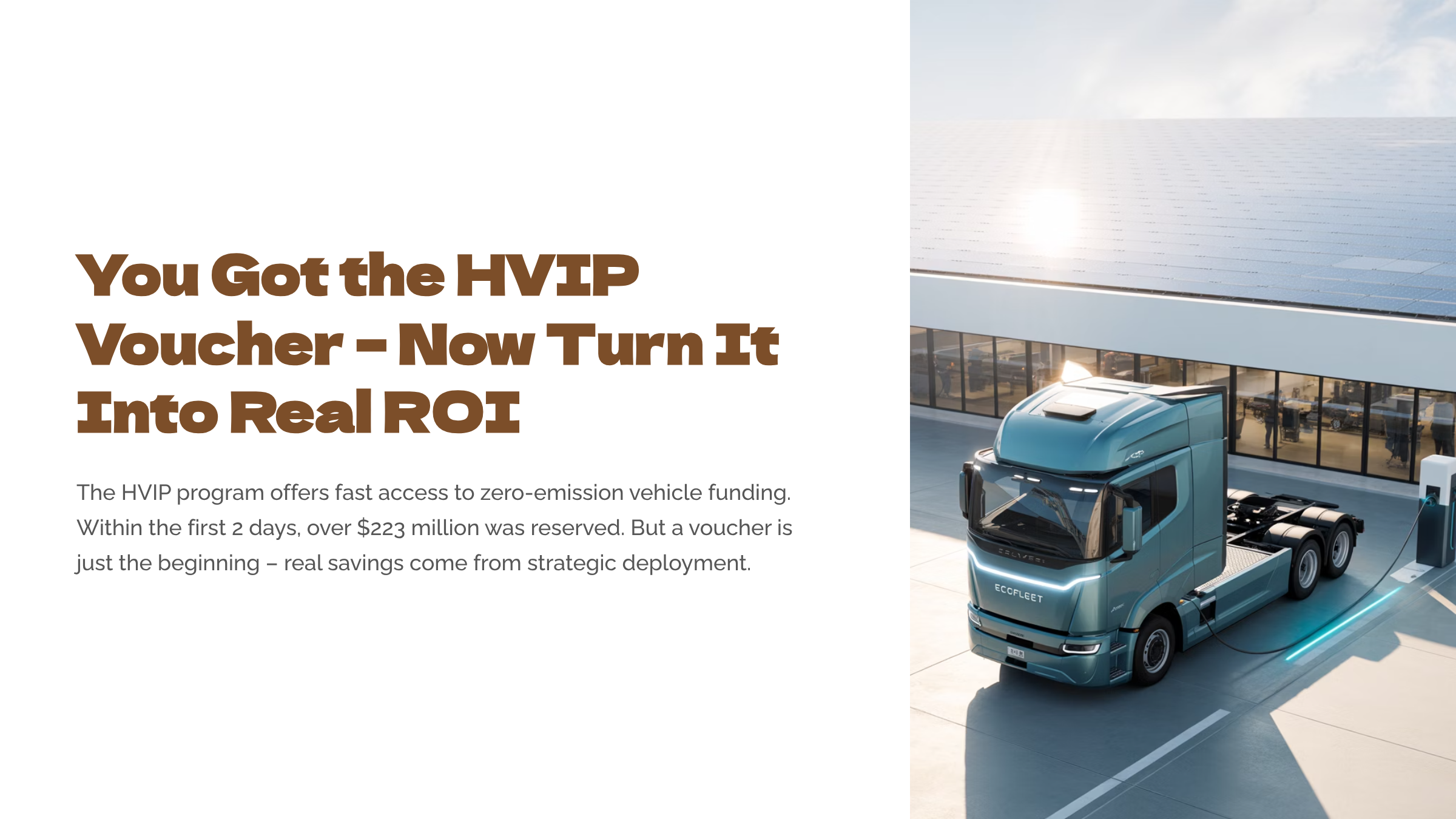
Pursuing Emission Goals in a Shifting Regulatory and Market Landscape
Many utility fleets across the United States have embraced ambitious zero-emission targets but are facing strong headwinds due to a slowdown in electric vehicle (EV) production and shifting regulatory landscapes. Despite these challenges, long-term goals remain steadfast for major companies such as American Electric Power, Pacific Gas and Electric, and Sacramento Municipal Utility District (SMUD).
In 2025, federal regulations shifted to prioritize emissions performance over mandates of specific technologies—a notable change from former approaches. With a new administration, possible revisions in tax incentives for clean vehicles and charging infrastructure are also on the horizon.
This context has altered the EV adoption pace, making the transition to electric fleets more akin to steering a massive cargo ship: gradual and fraught with planning and regulatory difficulties, especially as purchasing cycles can take years to substantially adapt.
California’s Advanced Clean Trucks Regulation, for example, demands a yearly increase in zero-emission vehicle sales until combustion engines in heavy vehicles are completely banned by 2036. For instance, in 2025, 11% of all heavy trucks produced must be electric. This regulation directly informs purchasing decisions and may even compel operators to keep older models in service longer.
SMUD Fleet Electrification: Key Data and Metrics
Amid shifting regulatory and market dynamics, the Municipality of Sacramento continues to advance its zero-emission goals, aiming for 100% clean energy generation by 2030. Rather than focusing solely on the number of electric vehicles acquired, the city prioritizes outcome-based metrics such as annual zero-emission miles driven. In 2020, zero-emission vehicles accounted for just 1% of total miles driven. That figure increased to 3% in 2024 and reached 6% by January 2025, largely due to the integration of electric pickup trucks into the municipal fleet.
Fleet Size, Composition, and Electrification (2024–2025)
- Total fleet size: Approximately 925–1,000 assets, including sedans, pickups, work trucks, bucket trucks, vans, off-road and construction equipment.
- Current electrification share: As of early 2025, about 13% of SMUD’s fleet is electrified (comprising electric and plug-in hybrid units). This includes all-electric sedans, electric pickups, and hybrid bucket trucks.
- Goal: Achieve a fully zero-emission fleet by 2030 as part of SMUD’s 2030 Zero Carbon Plan.
Fleet Performance & Emissions Reduction
- CO₂ emissions: Fleet-wide emissions dropped from 5,600 metric tons (2019) to about 3,900 metric tons in 2024—a reduction of roughly 30%.
- Zero-emission operational miles: Zero-emission vehicles accounted for only 1% of SMUD’s total fleet mileage in 2020, rising to 3% by late 2024, and surpassed 6% in January 2025 (driven by new electric pickups and sedans).
- Key strategies:
- Completed electrification of the sedan fleet in 2021.
- Targeted driver training and operational changes (reducing idle time) to maximize emission reductions and cost savings.
- Continuous addition of electric and hybrid vehicles, particularly as technology matures in heavier-duty classes.
Vehicle Types & Implementation Details
- Electric sedans: 100% electrified by end of 2021.
- Medium-duty and heavy-duty trucks: Integration of new all-electric medium-duty trucks (e.g., Zeus Electric Chassis) and increased hybridization of bucket trucks.
- Annual replacements and investments: Fleet replacement based on age, miles, maintenance, and utilization; annual replacement budget is about $8M with a reported $1M investment in electric vehicles in 2019.
Infrastructure and Support Programs
- Charging infrastructure: Upgraded to support the growing electric fleet, including commercial depot and workplace fleet EVSE (charging stations) installations.
- Commercial EV Program: Provides incentives and technical support for electrification, including charging infrastructure, total cost of ownership analysis, and turnkey installation support.
Operational and Financial Impacts
- Annual fleet fuel spends: $1.9M; Operating and maintenance: $4M.
- Replacement Value: $75M for the entire SMUD fleet.
- Proven operational savings: Lower fuel and maintenance costs reported with electric and hybrid vehicles.
- Lessons learned: Investments in driver training, idle mitigation, and infrastructure are essential. Emission and operational improvements go beyond vehicle purchases and require ongoing fleet management, behavior modification, and careful planning.



